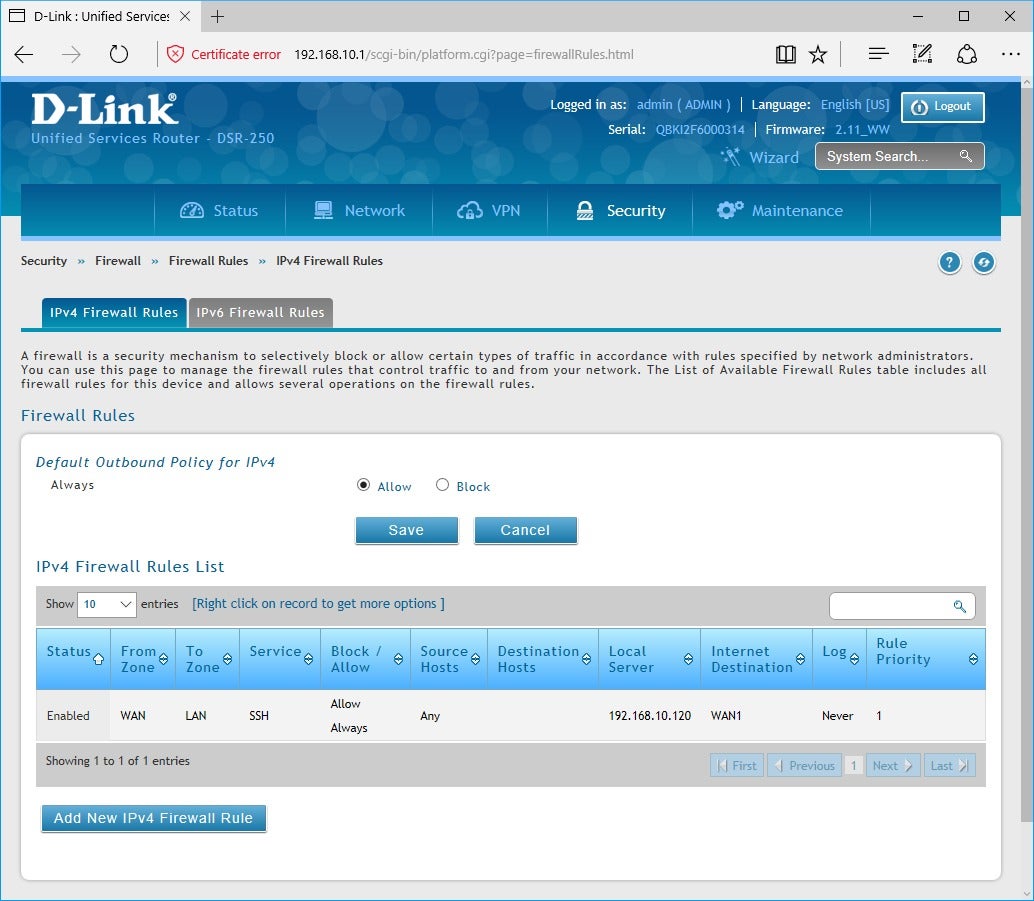

ISPs know this and watch that port like a hawk. The default communications port used by BitTorrent traffic is 6881. Different clients use different default protocols, and one may perform better on your ISP's network. One simple yet effective way to experiment with alternate BitTorrent protocol configurations is to simply try a different BitTorrent client. To reconfigure your software, refer to the instructions provided by the publisher of the BitTorrent client you're using. Troubleshooting your BitTorrent client's protocol settings can be tricky. This method may work against ISPs that try to throttle speeds based on a standard set of BitTorrent configurations. Check Require encrypted transport, go to the Minimum encryption drop-down menu, and select RC4 encryption.Ī second method of evading an ISP's throttling practices is to change the way the BitTorrent protocol acts. Next return to the Tools drop-down menu and select Options-Connection-Transport Encryption. Go to the Tools drop-down menu, open the Configuration Wizard, and select advanced. Vuze: First you must change your user profile from the default beginner mode to advanced. Choose Protocol encryption and select enabled. Here's how to proceed.īitComet: Go to the Options menu, choose Preferences-Advanced-Connection, and select Protocol encryption.īitTorrent and uTorrent: Go to the Preferences panel and select the BitTorrent tab. Turning this feature on makes it much harder, though not impossible, for your ISP to detect that you're using peer-to-peer software. Most clients such as BitComet, BitTorrent, uTorrent, and Vuze, support in-client encryption. One of these techniques may work for one ISP but not for another.įirst, try using encryption to cloak your peer-to-peer traffic. If you discover or strongly suspect that your ISP is slowing your BitTorrent traffic, you can try several countermeasures, none of them a sure bet.


 0 kommentar(er)
0 kommentar(er)
